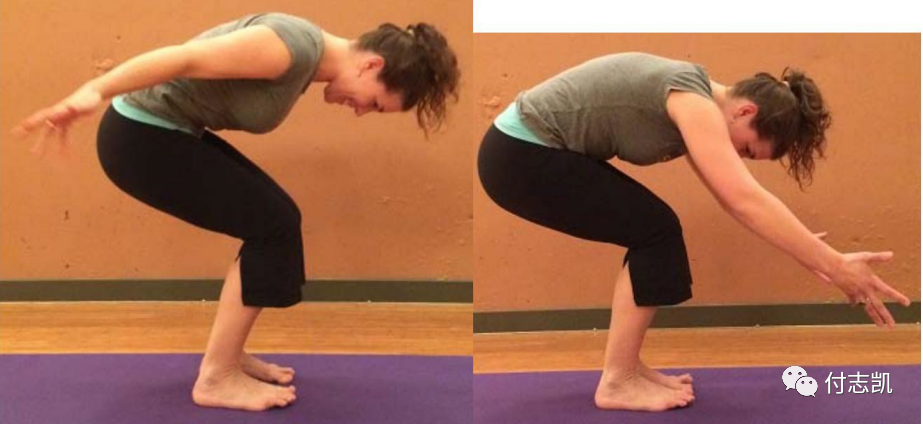As an outpatient physical therapist, I am very active in helping others prevent sports injuries.

Most of my clients with acute injuries and chronic pain were surprised by the results of the Posture Rehabilitation Institute (PRI).
Through such optimization of rehabilitation through PRI principle, we know that it can provide equally effective prevention strategies.
In this way, more athletes and their coaches can find happy and comprehensive ways to prevent injuries.
One method is yoga inspired by posture restoration.
One of the simplest but also very unique parts of the Posture Restoration Institute (PRI) method is to emphasize the three motion planes of the body.
Few of us, especially athletes in individual sports, maintain balance in all three planes in daily sports, mainly “sagittal animals”.
Any person who walks, runs, swims or rides a bicycle lives in the sagittal plane (left/right split body), which creates fertile soil for patterned location and sports injuries.
Restoring sagittal planes and stability before entering the frontal and transverse planes is a key rehabilitation tenant PRI.
This ensures that the chest and respiratory diaphragms can move, train and compete in a neutral position like your athletes.
Many athletes tend to use yoga as a way to stretch, cross train and relieve stress.
Although quite a lot of yoga instructors have trained in the fields of breathing, yoga postures and basic anatomy, these teachers may not know the preventive measures and rehabilitation concepts and strategies.
In yoga practice, the sagittal plane can be clearly emphasized, such as spine bending and stretching in the solar salutation, as well as many back bends, hamstring stretches and forward bends in most American yoga studios.
Therefore, as their coach, coach or therapist, you play a key role in guiding athletes to perform balanced yoga exercises.
This article will provide some examples of yoga poses with PR integration to achieve the best sagittal alignment and mobility.
• CatPose: Start with your hands and knees.
When you slowly turn your back to the sky, exhale fully.
Relax your head, but don’t let it hang down.
Use the serratus anterior muscle to stretch the scapula, strengthen the oblique abdominis, and relax the chest muscles.
Encourage a long, slow exhalation and focus on stretching between the scapulae as you breathe in.
Additional PRI: Place a 1 ‑ 2 inch thick folded towel under the left knee to promote the awareness of the muscles on the inside of the left thigh and the outside of the left hip.
CatPose • CatPlank: This is the evolution of the cat style in the plate with bent upper back.
Kneel here or on your feet.
Concentrate on inhaling to stretch the space between the shoulder blades and between each spine.
CatPlankCatPlankonKnees • DrapedChair: This is the name of the pose I modified for the typical chair pose in yoga.
It looks like a skier coming down the slope.
Heel down, thigh flat, hip backward will allow work to be transferred to hip extensors and adductors.
As you exhale, maintain a lower body position with your arms straight forward.
The back now looks like a cat pose (above).
The challenge here is to keep the spine in this position, while hanging the upper body forward until the abdominal muscles just hover on the thigh.
DrapedChair。.


